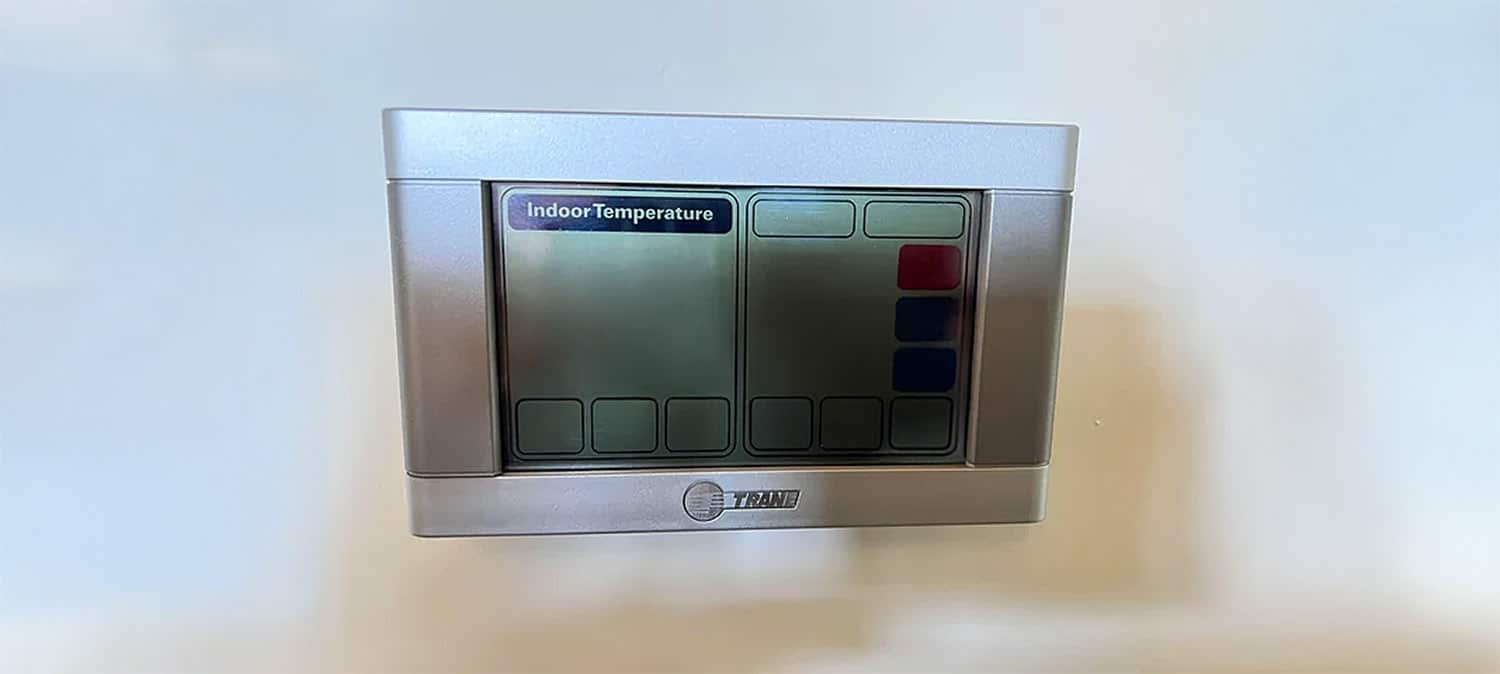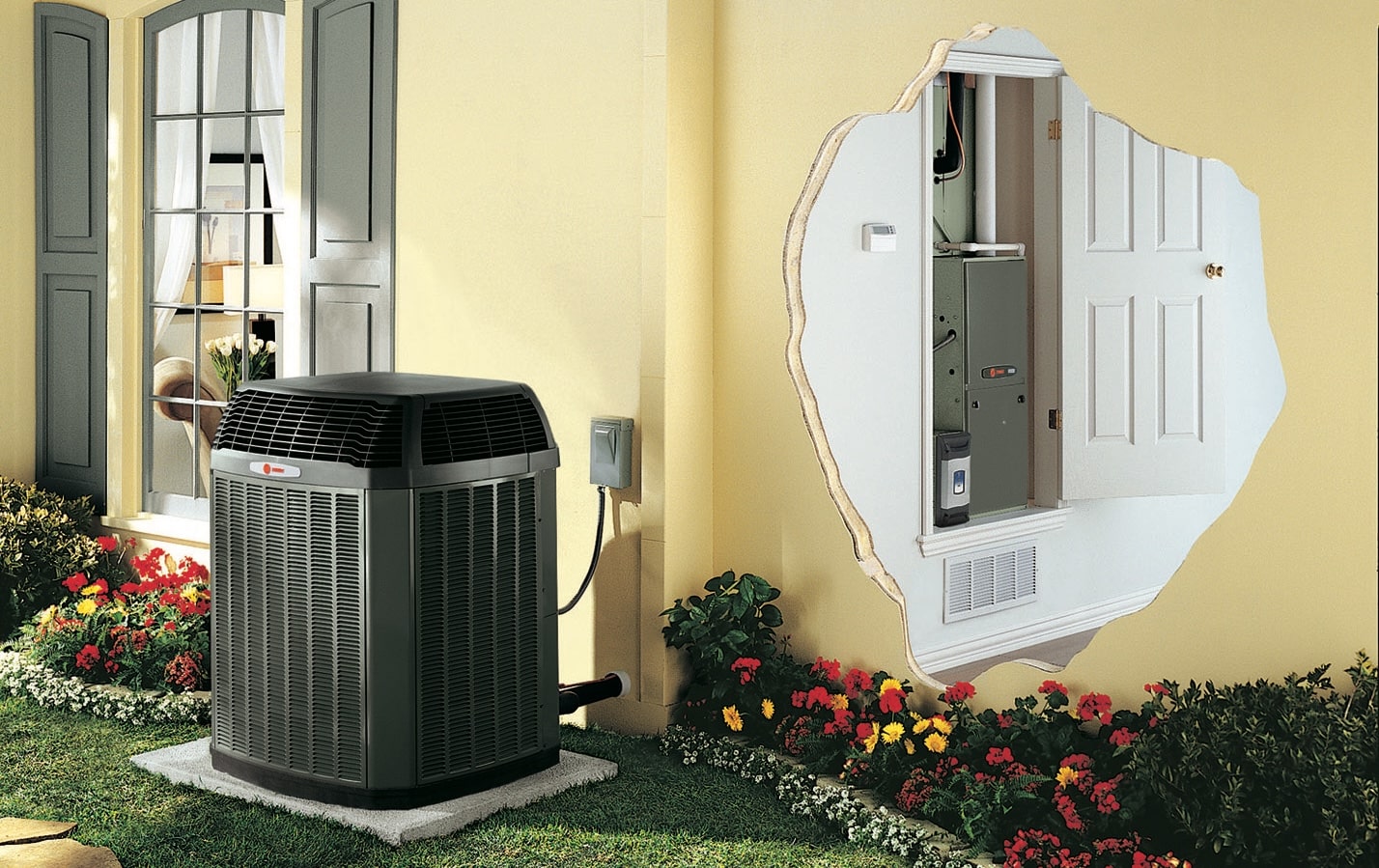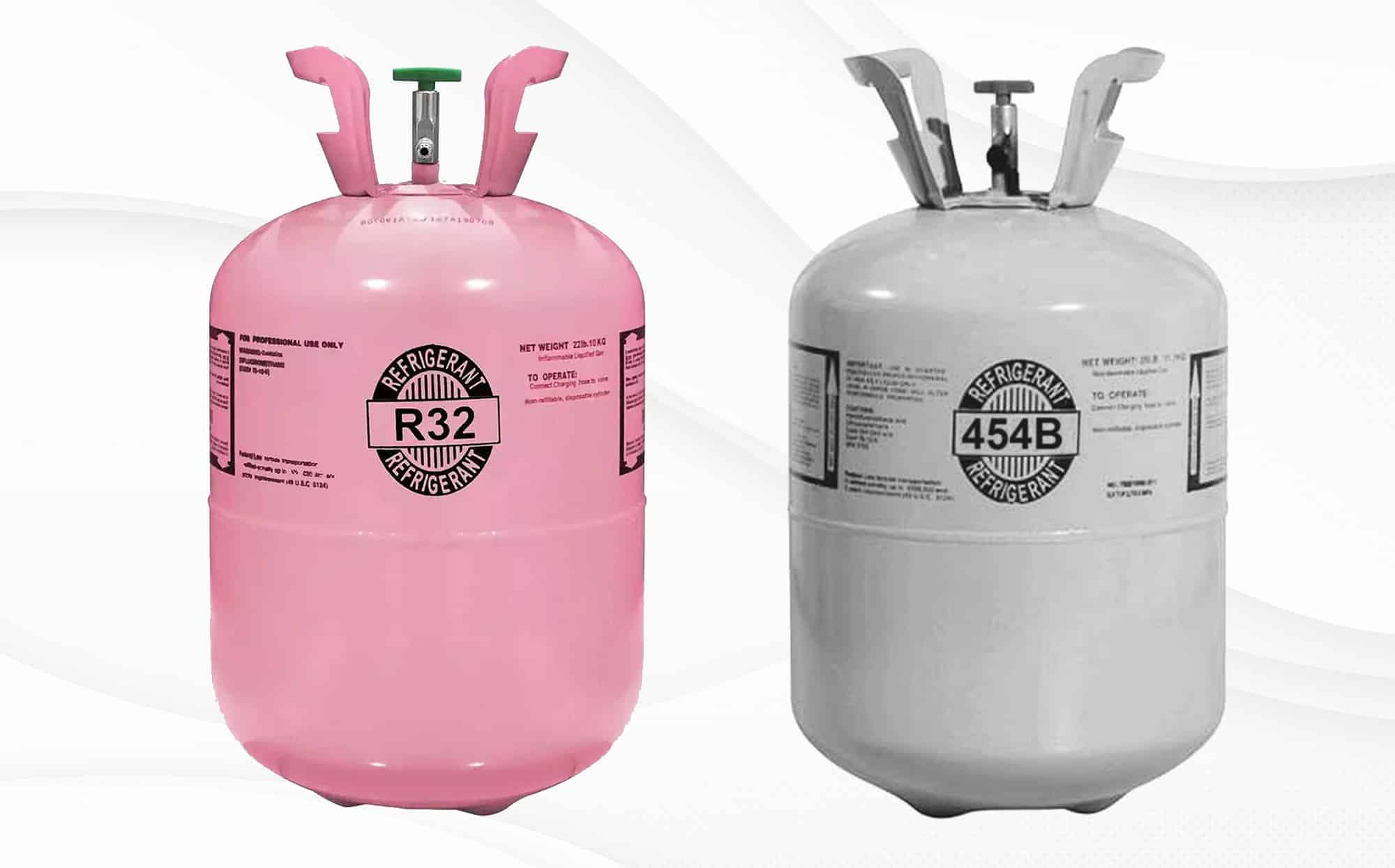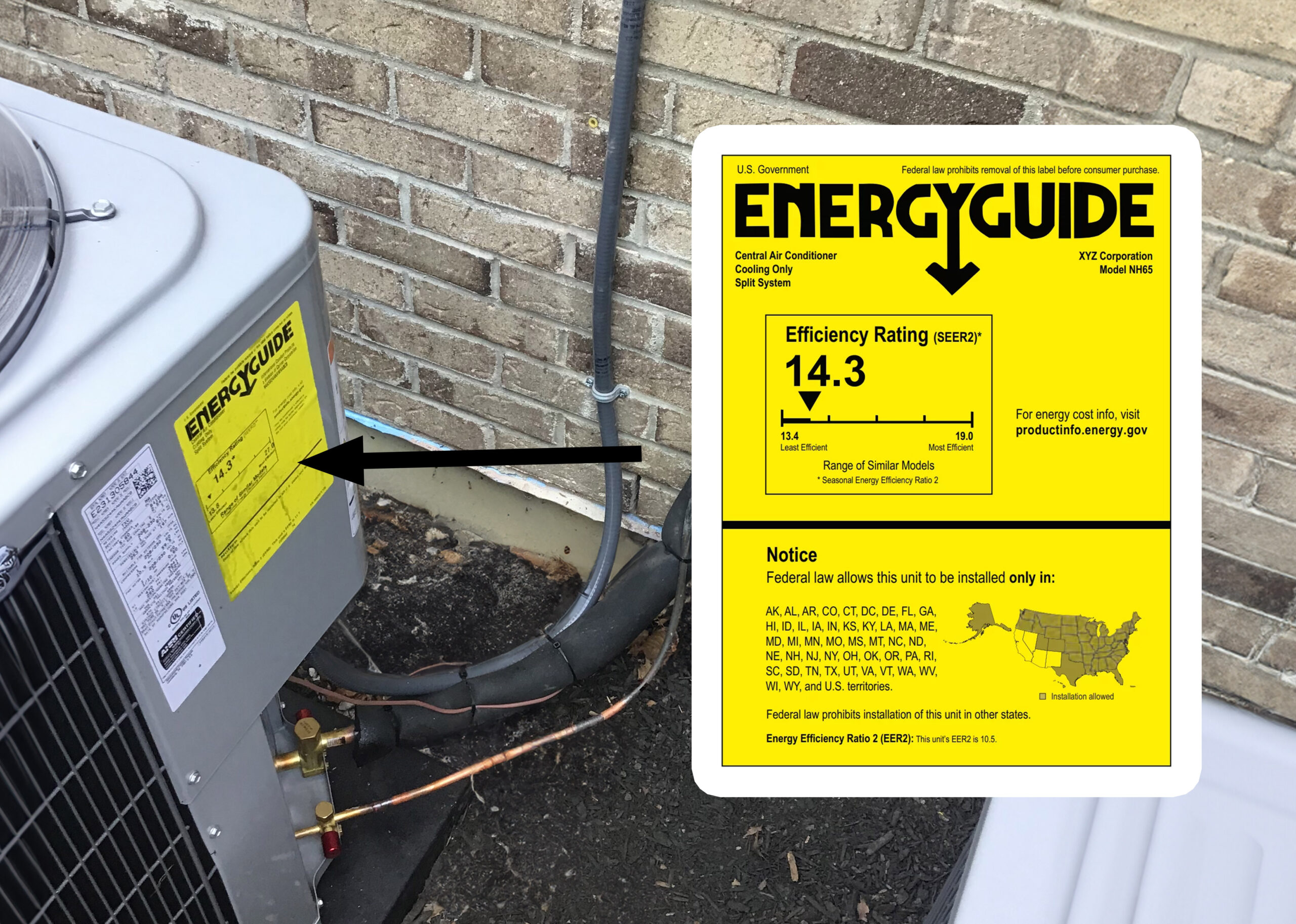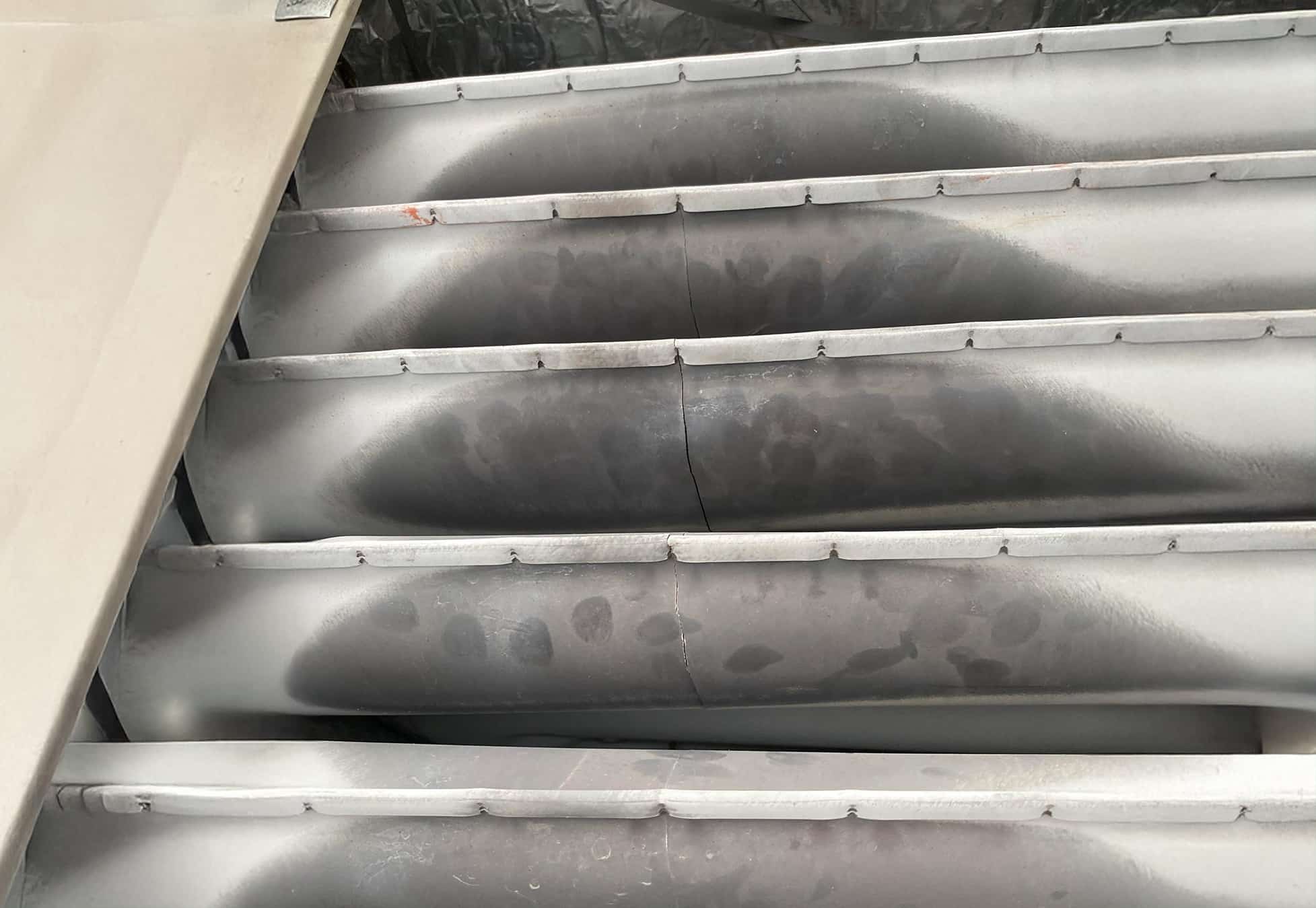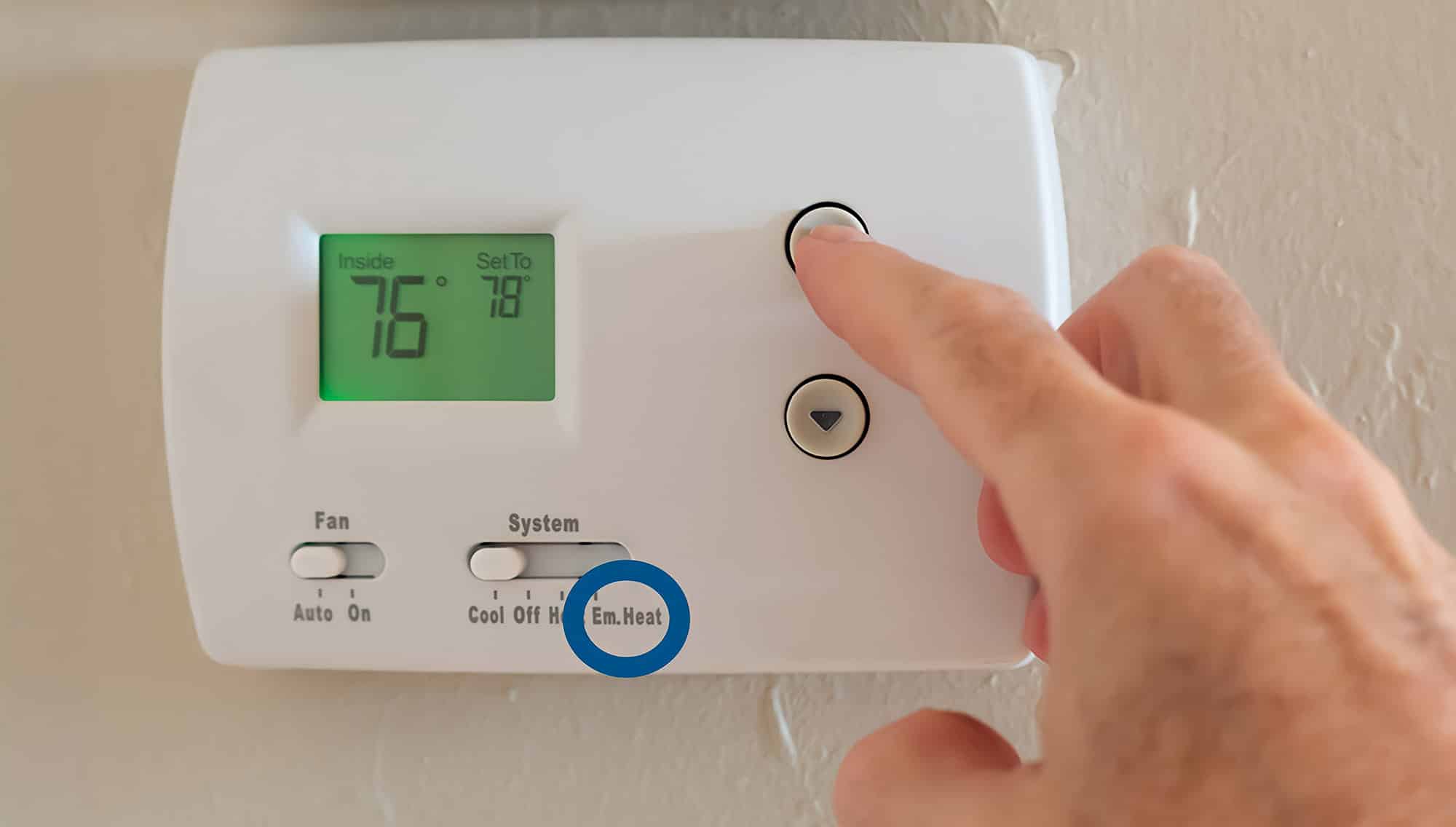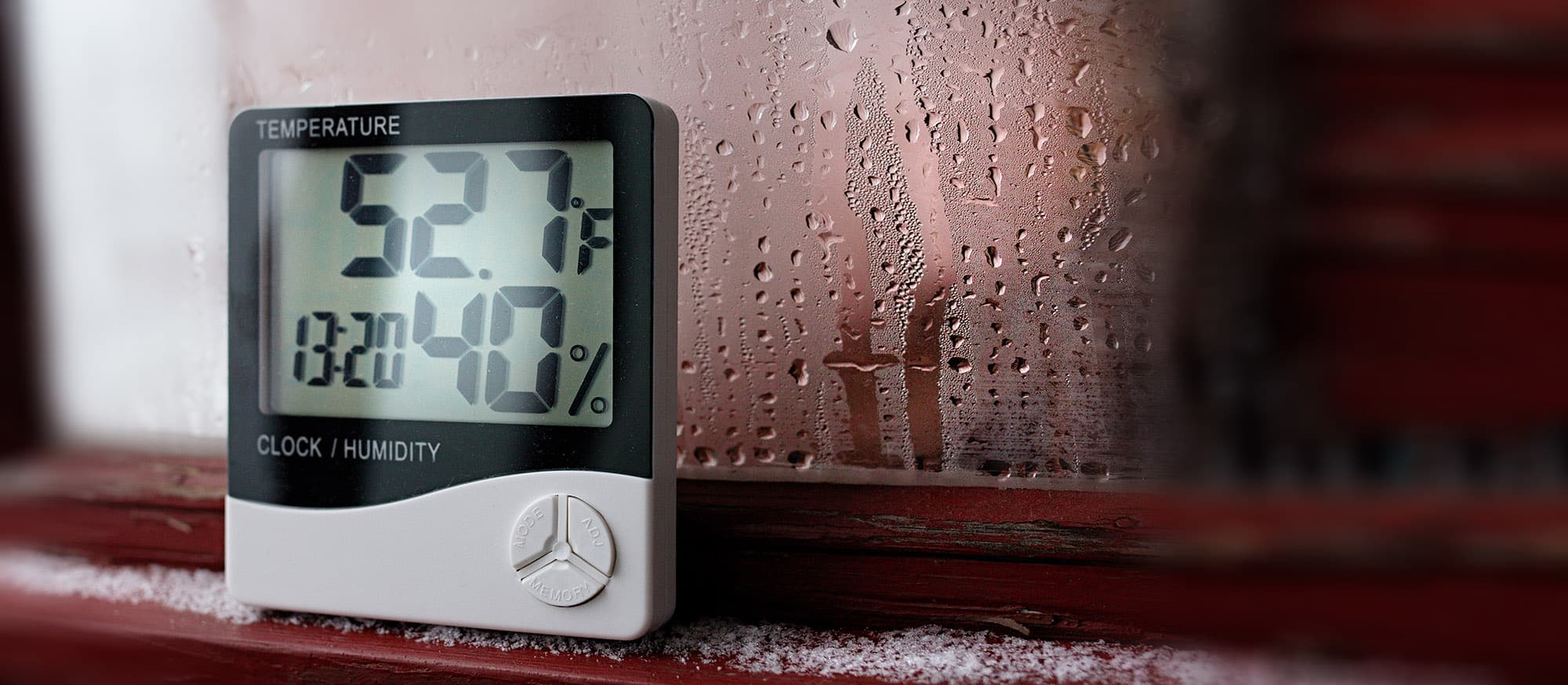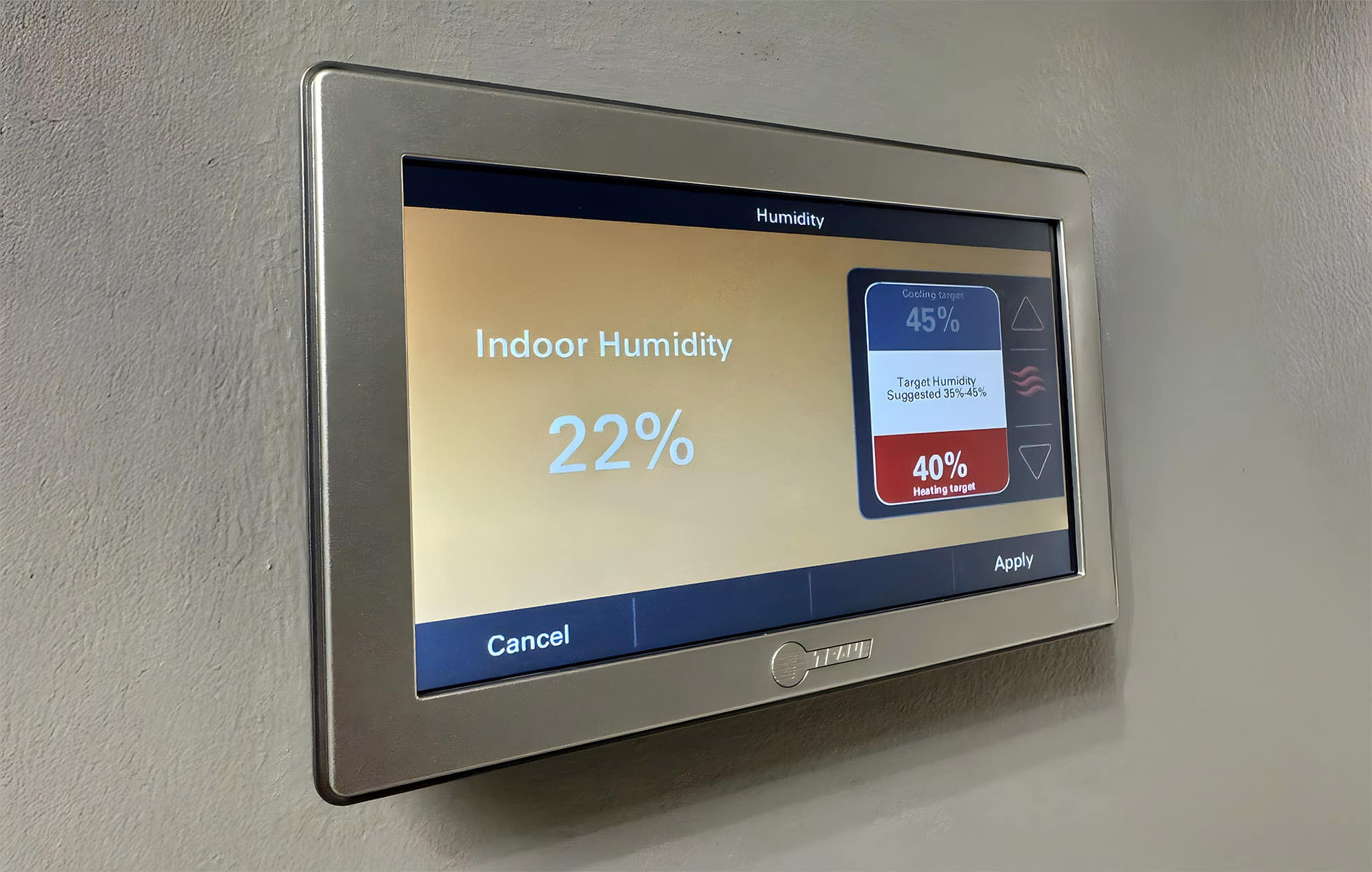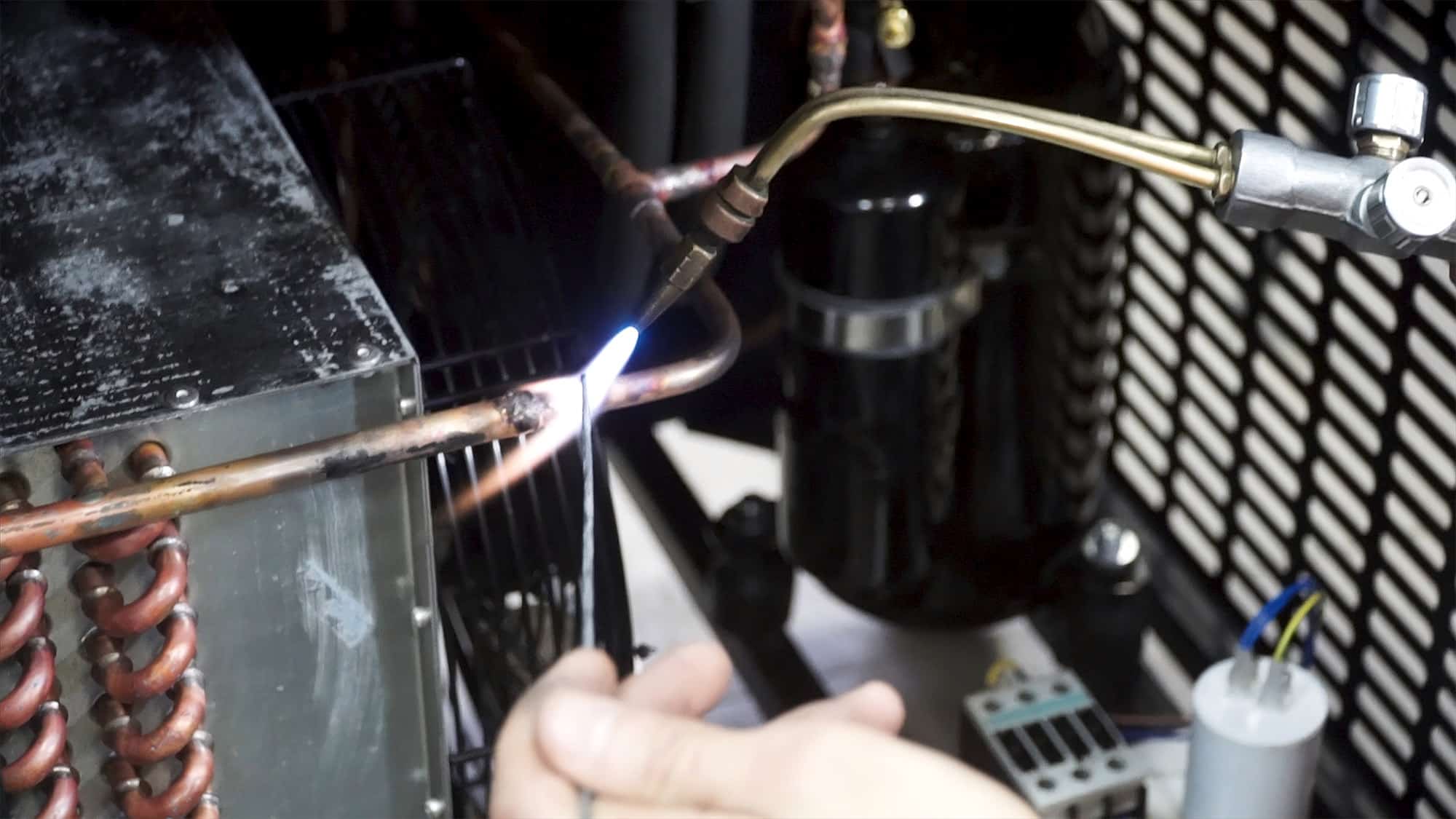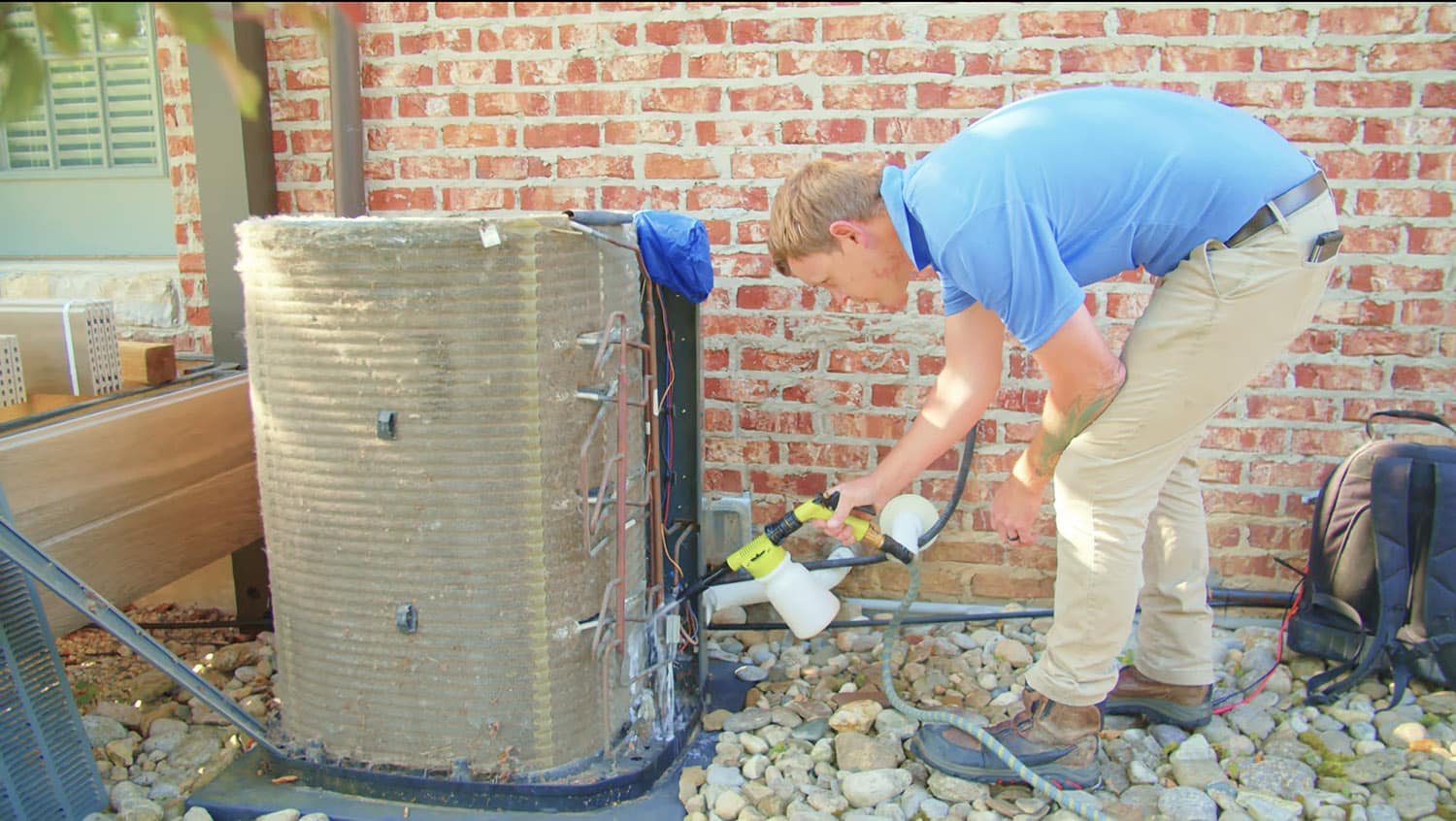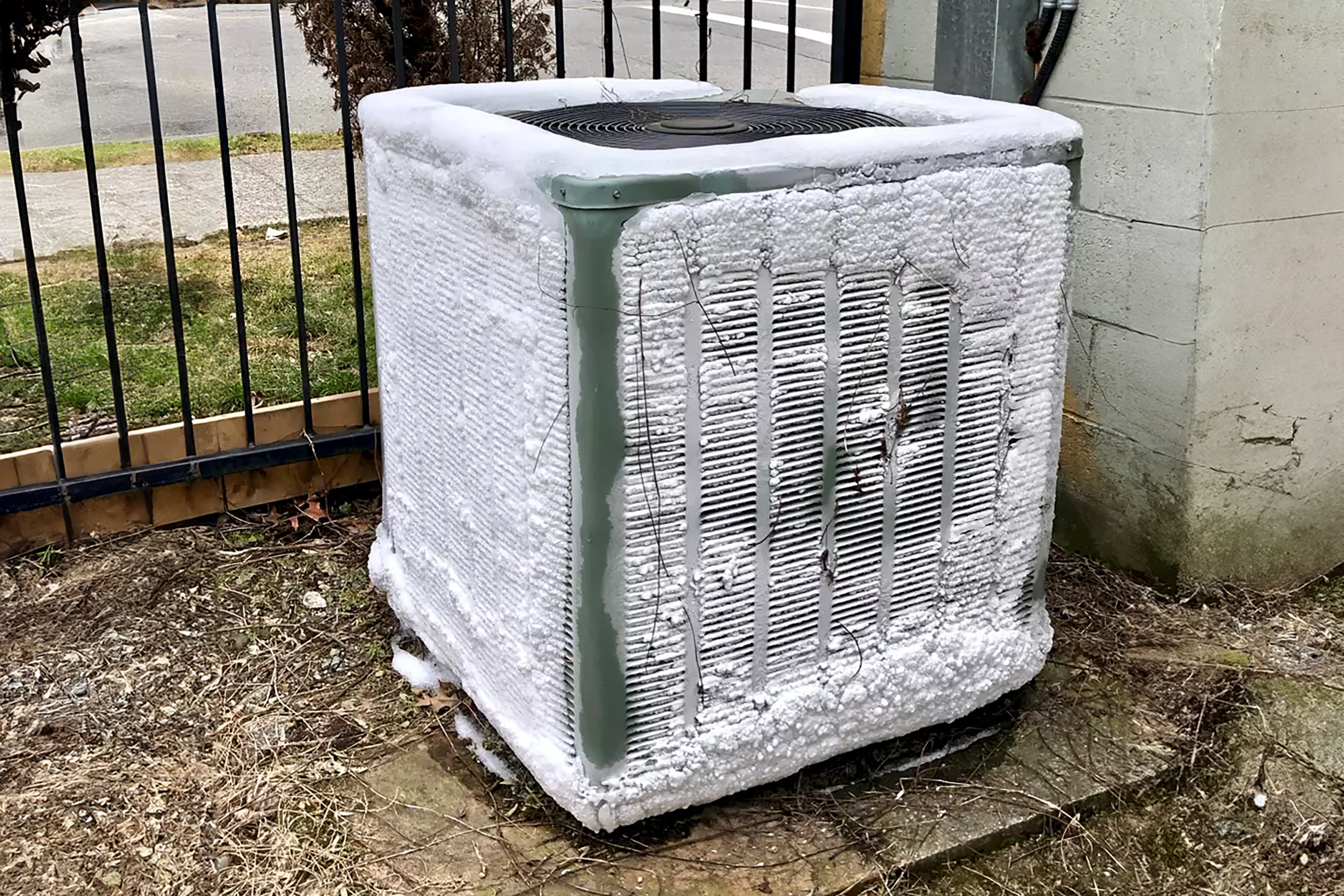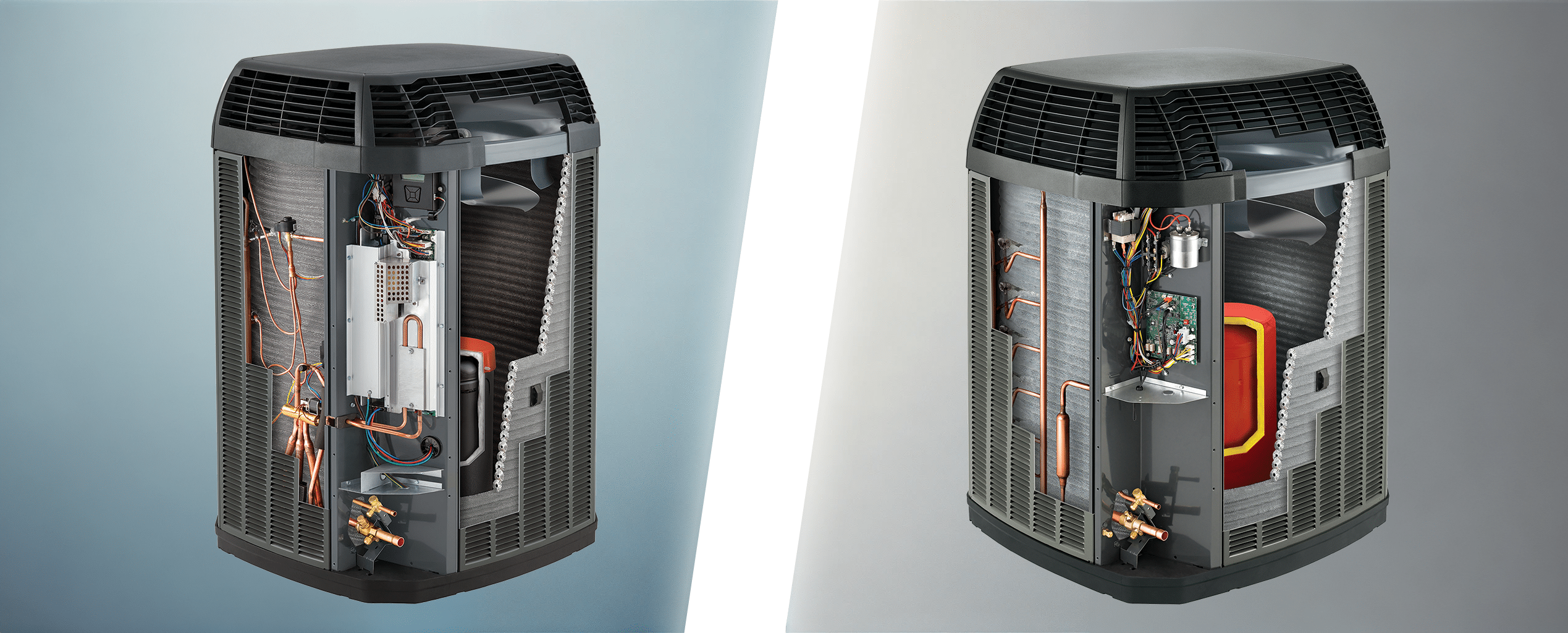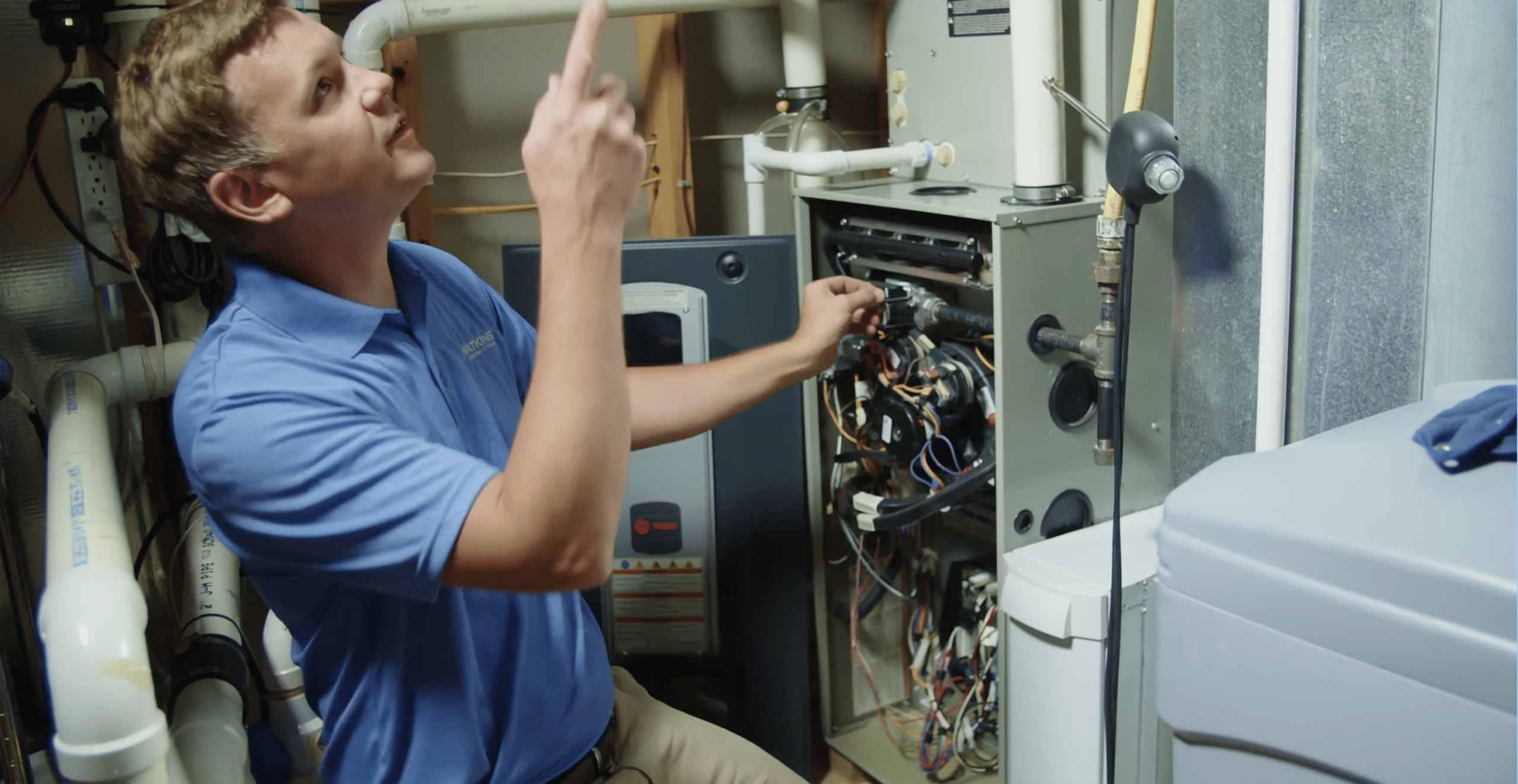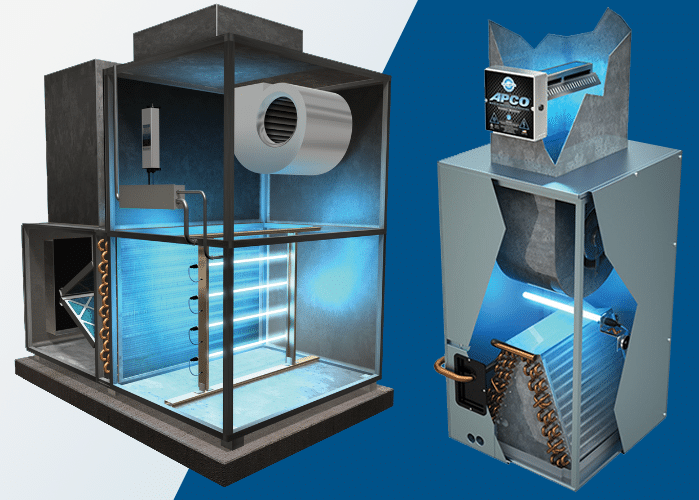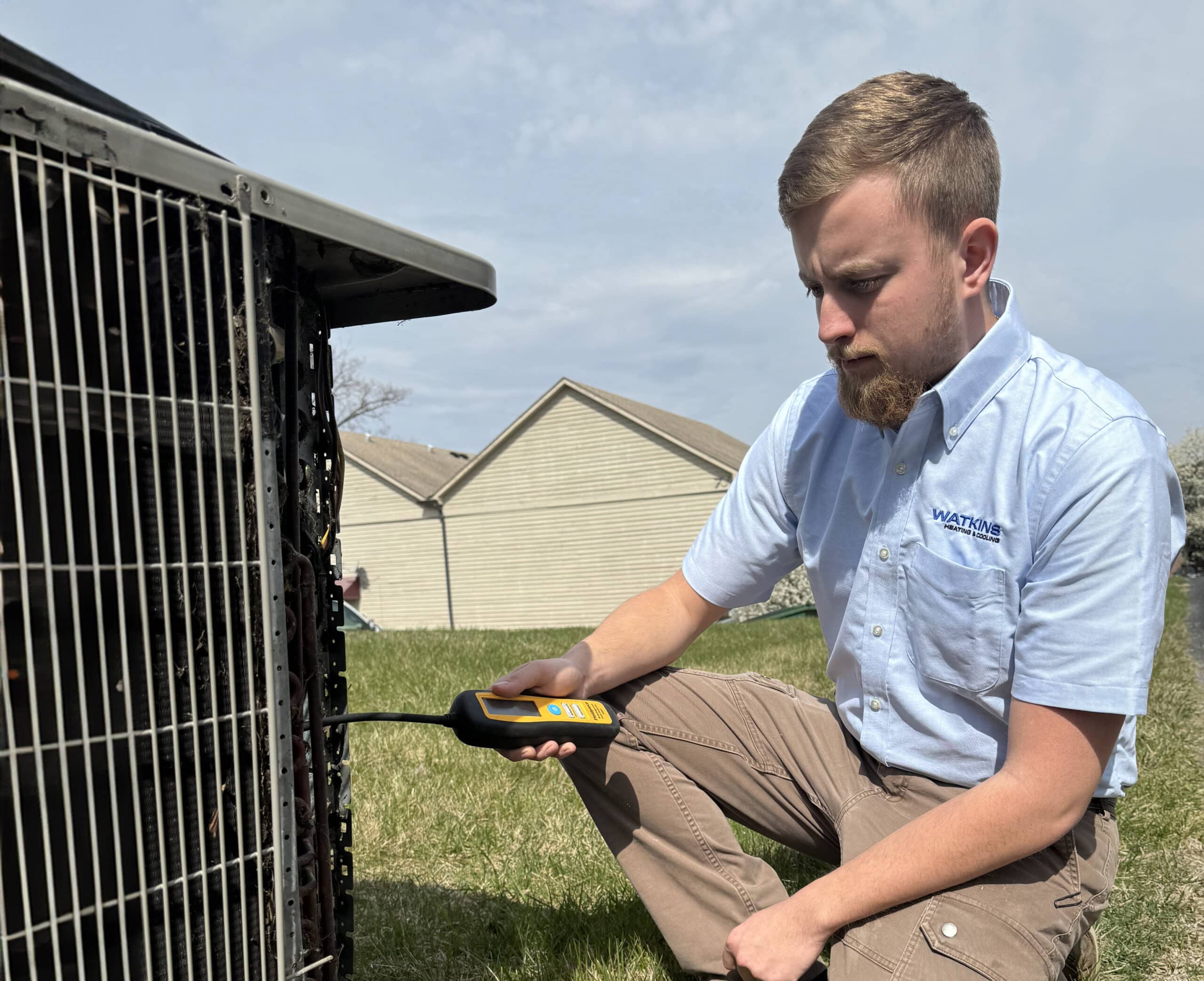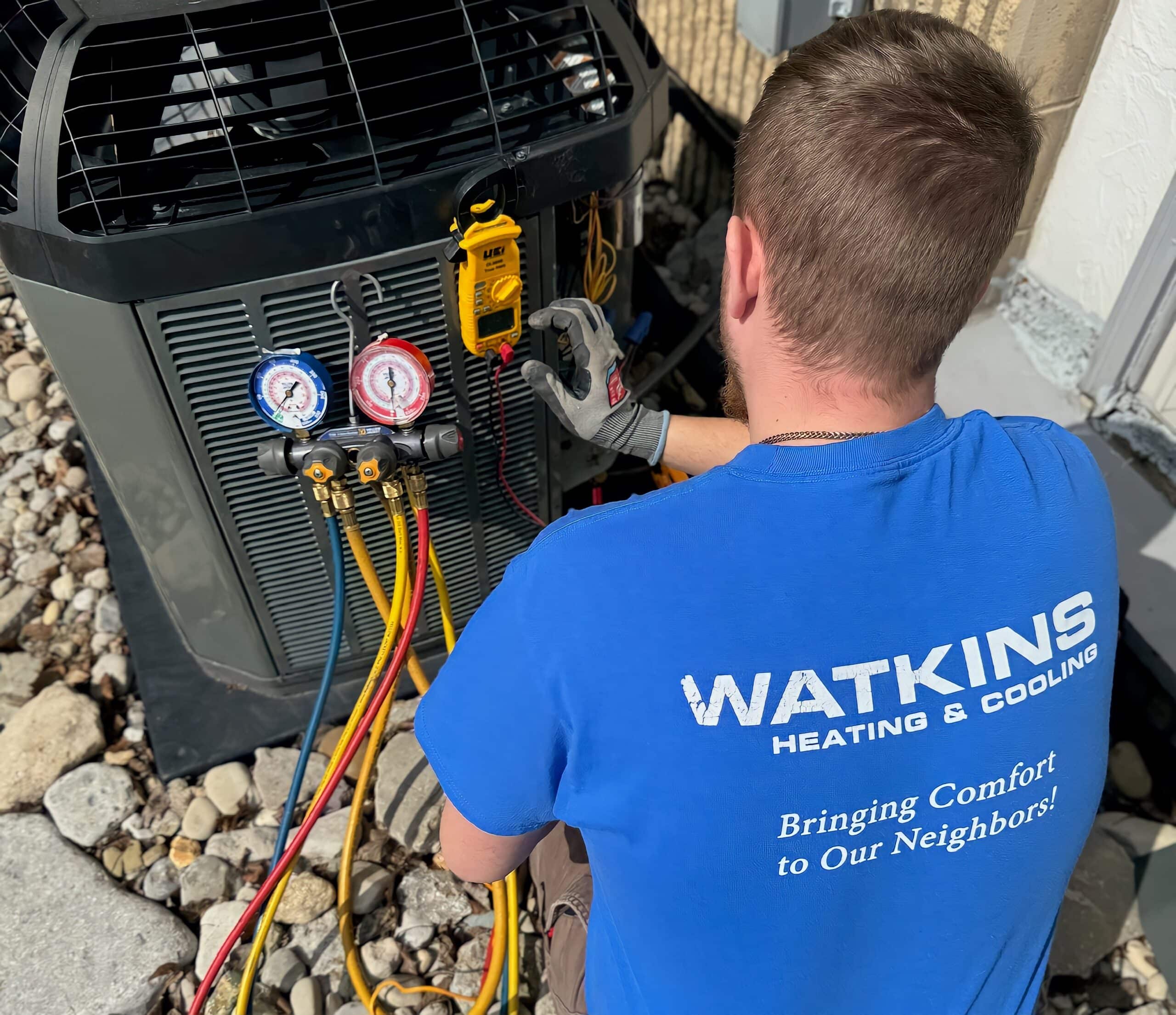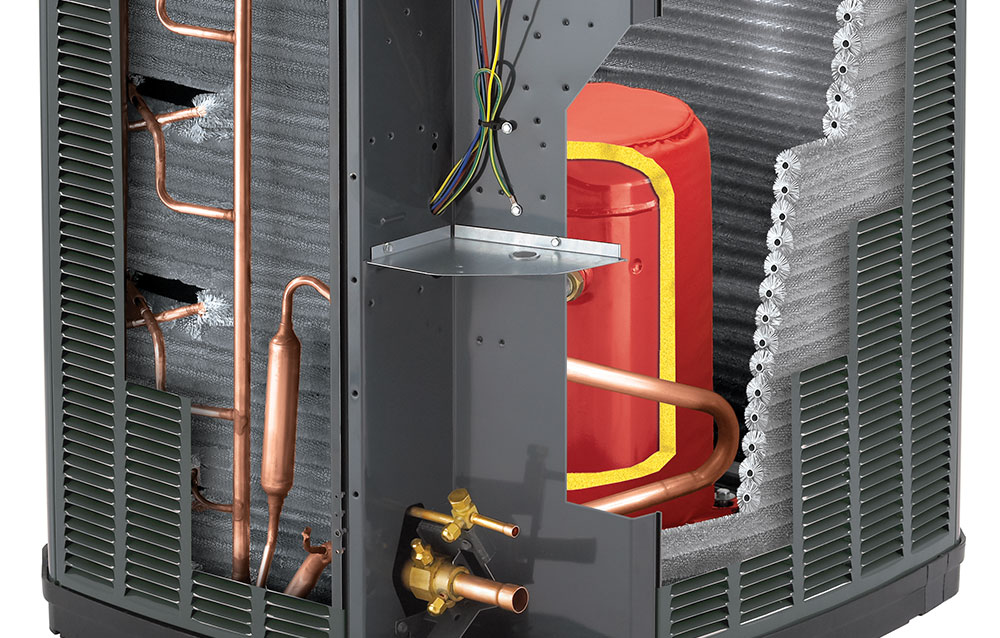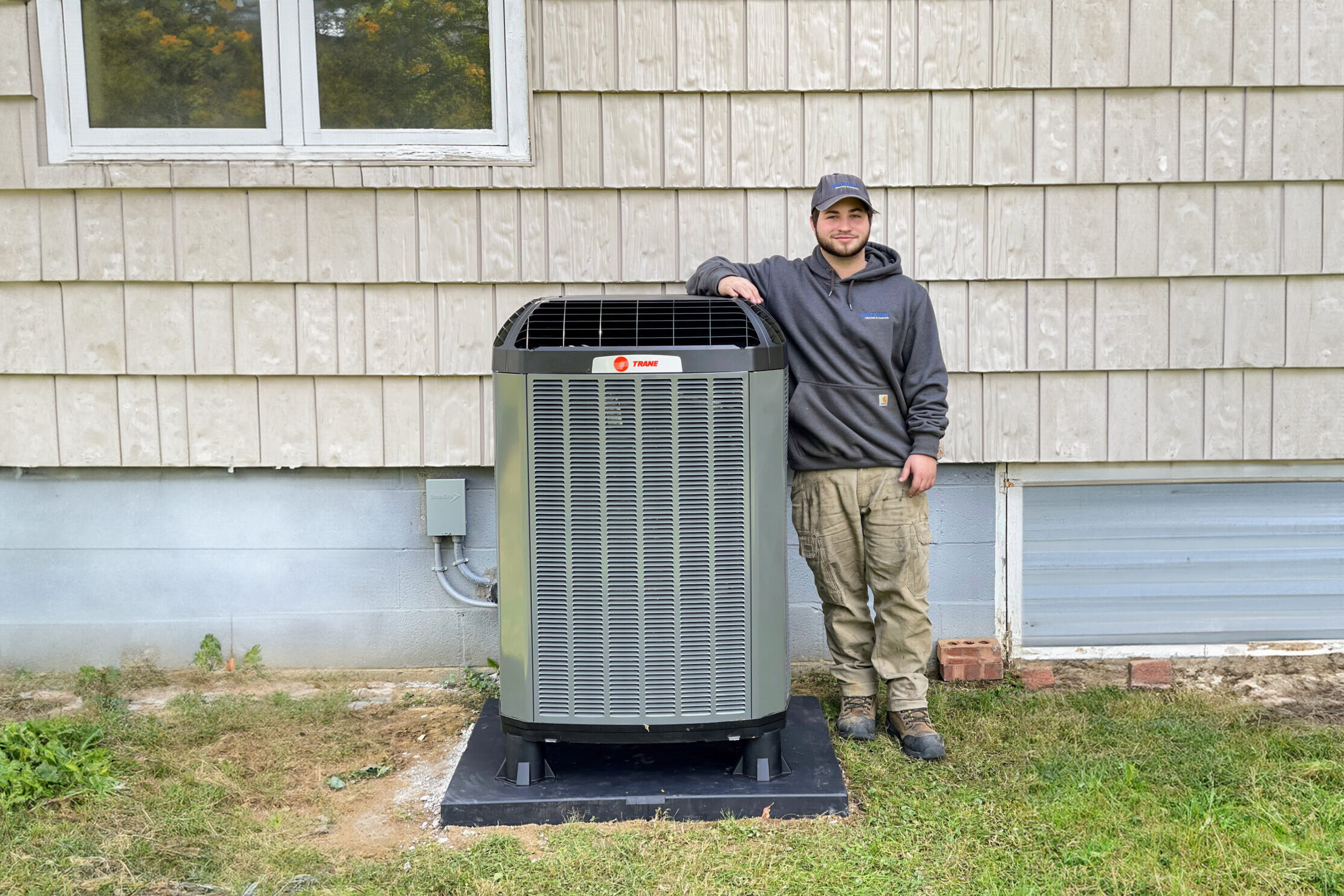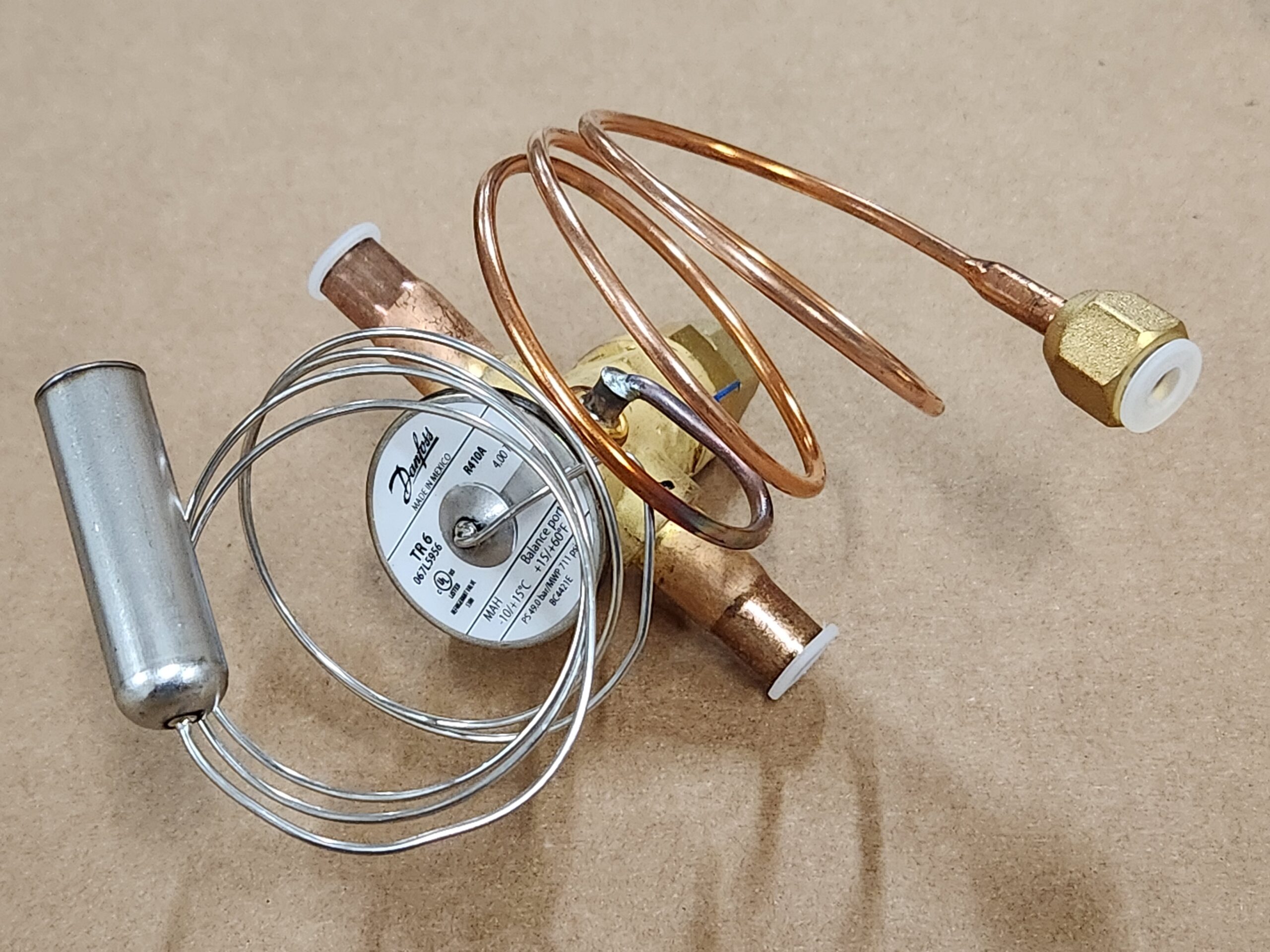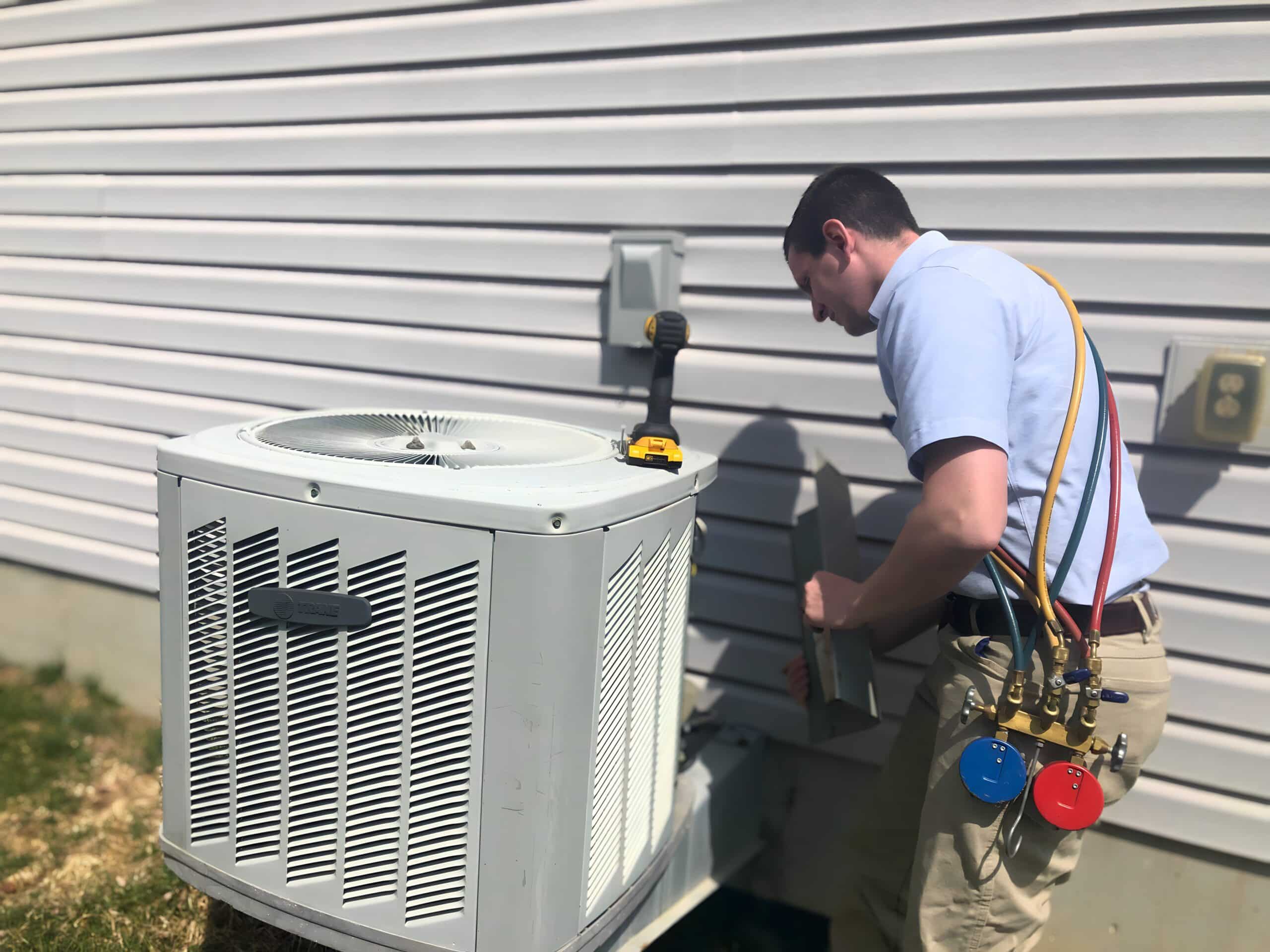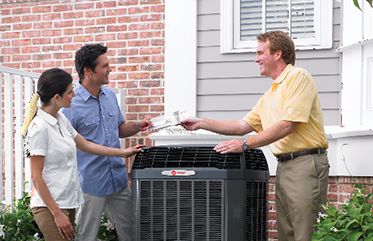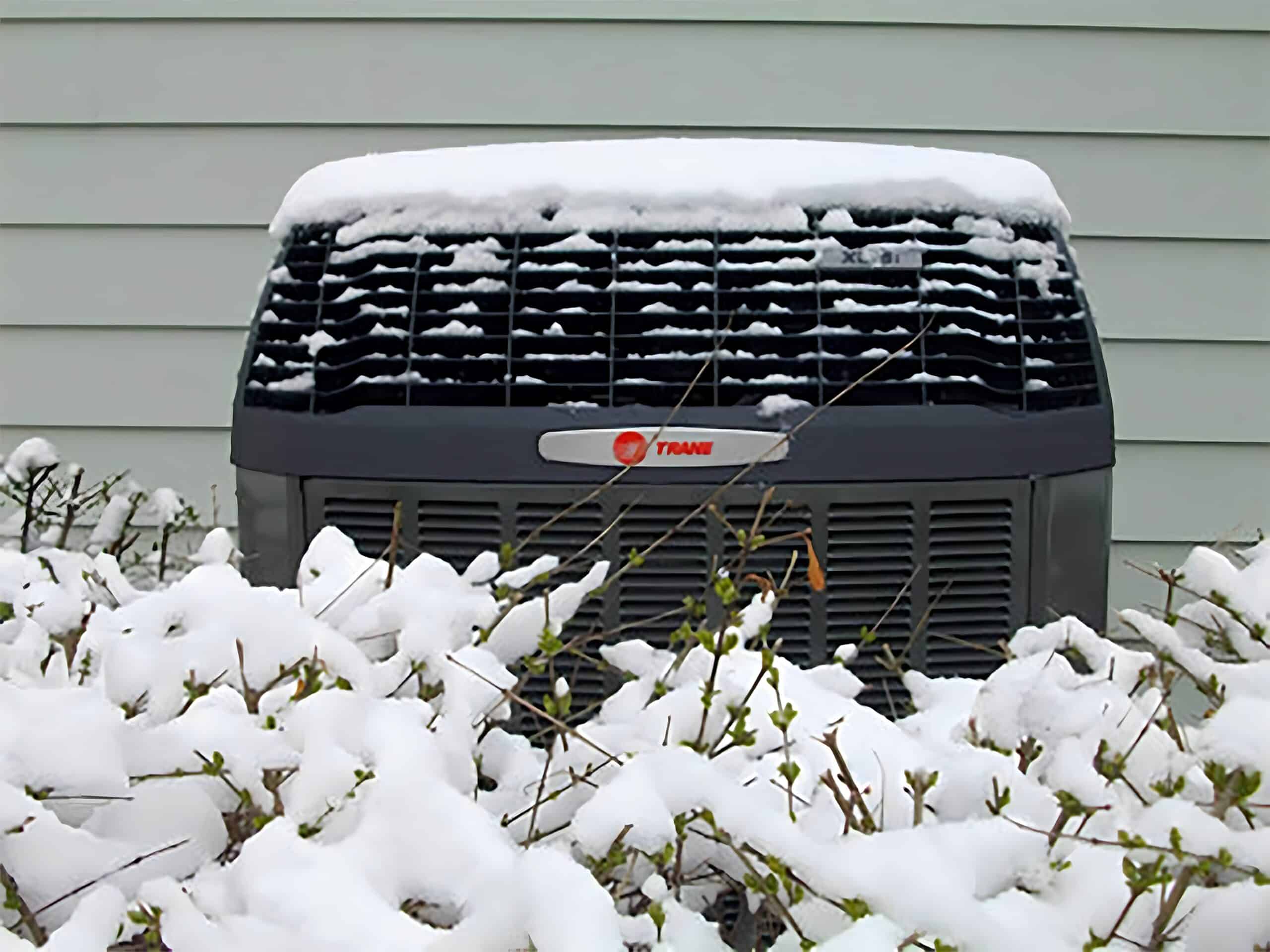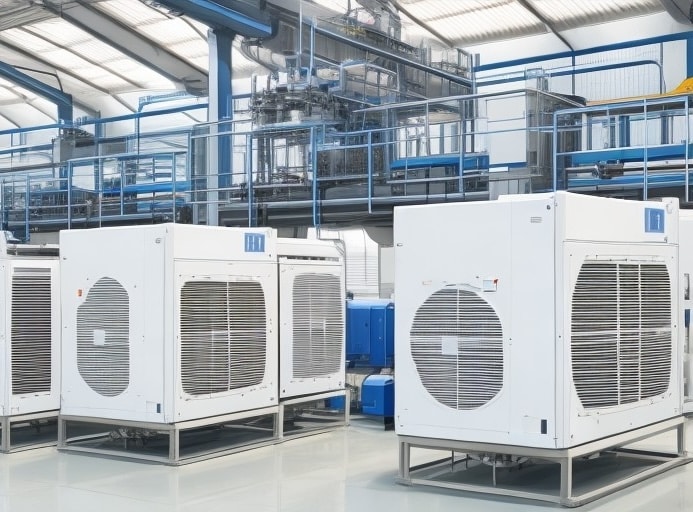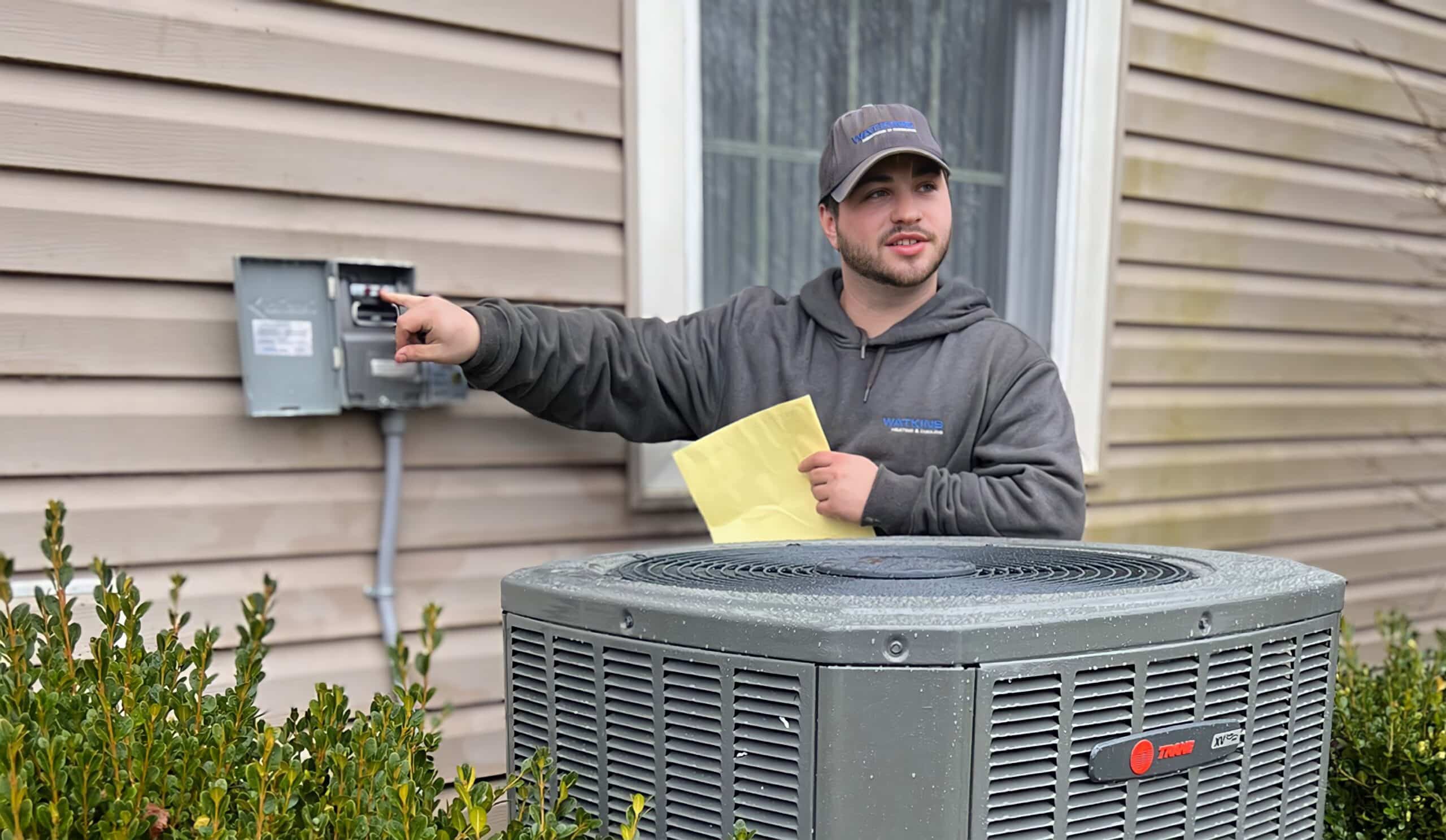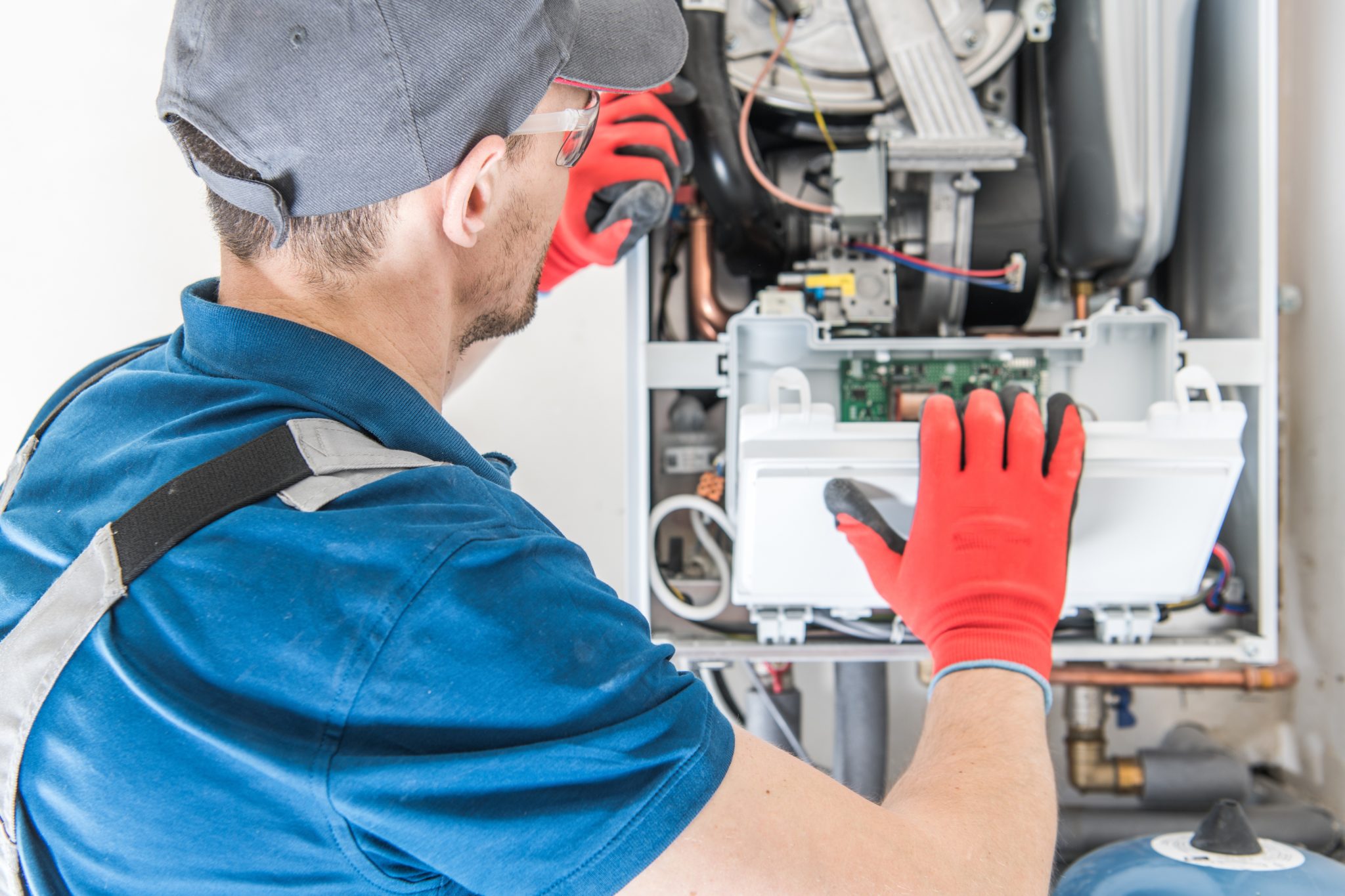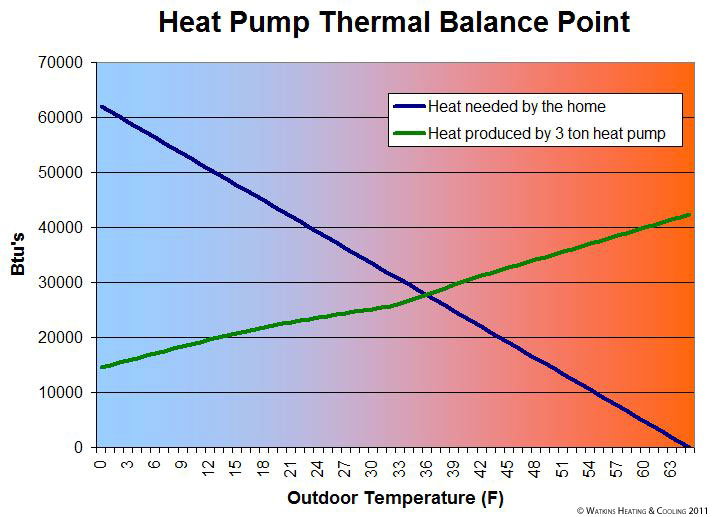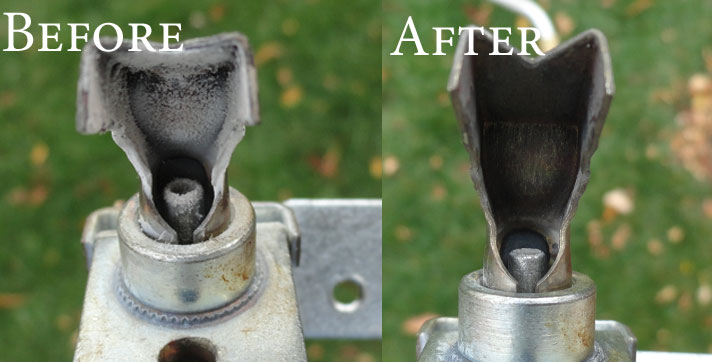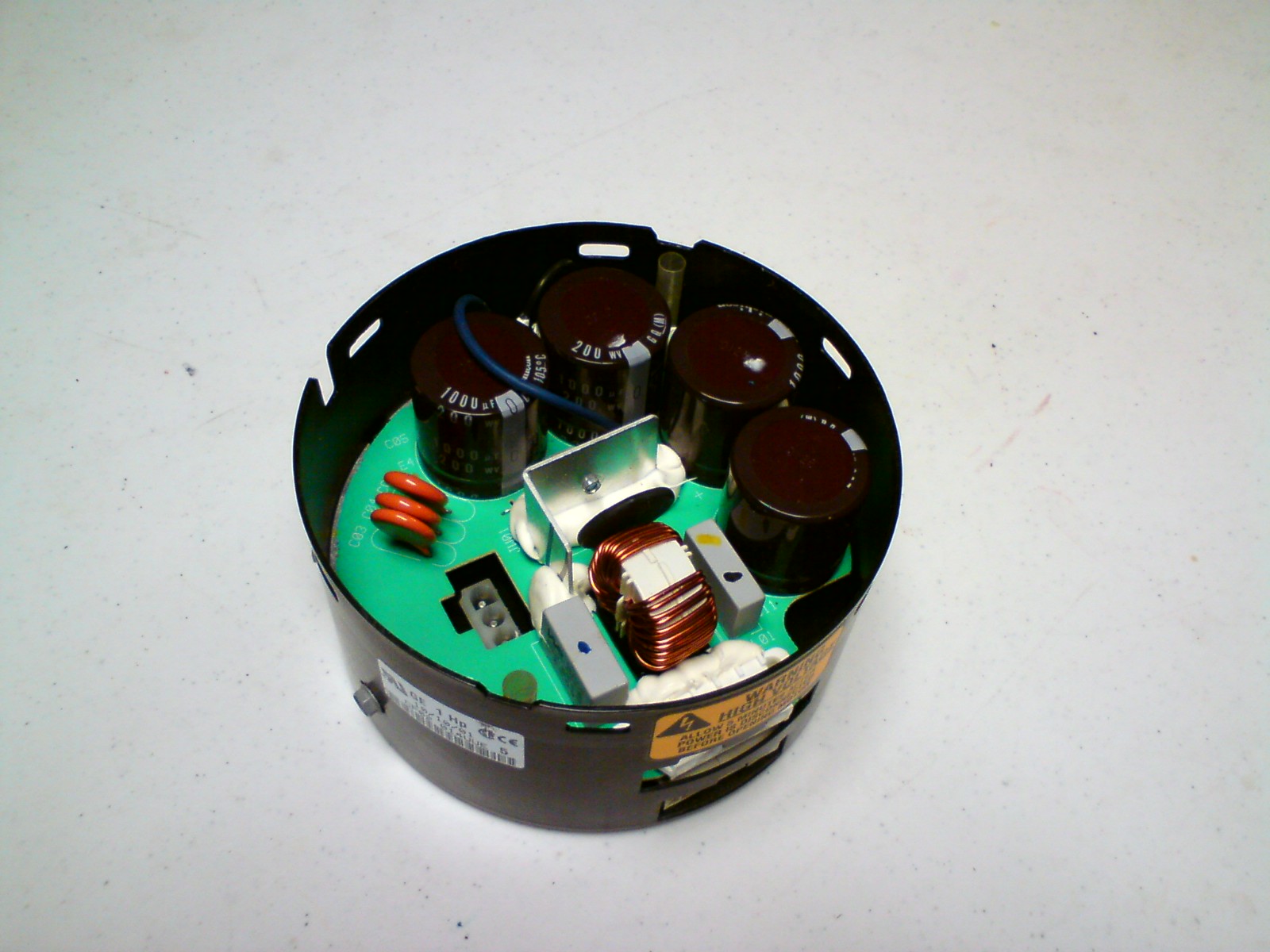Understanding the TXV
The HVAC TXV (Thermal Expansion Valve). How it works and why it fails.
When it comes to a heating & cooling system, there are many parts that work together to keep our homes comfortable. One of those critical components is the TXV, or Thermal Expansion Valve. Let’s break down how a TXV works, why it’s beneficial, and some common reasons it might fail.
What is a TXV?
The HVAC TXV, which stands for Thermal Expansion Valve, is a precision-machined refrigeration component used in HVAC systems to control the amount of refrigerant that flows through the evaporator coil. The TXV is constantly making fine-tuned adjustments to control the temperature of your air conditioner coil. With too much flow, your air conditioner will not remove humidity and with too little flow, the system cannot cool your home. The amount of flow required varies drastically depending on outdoor and indoor temperatures and humidity levels.
How Does a TXV Work?
To simplify, your air conditioner TXV responds to two main things: the temperature of the refrigerant leaving the indoor coil and the pressure within the system.
Temperature and Pressure in balance: A refrigerant-filled bulb clamped to the suction line accurately reads the temperature of the refrigerant inside the line. As the temperature of the refrigerant changes, the pressure inside this bulb changes, which forces open the needle valve inside the TXV against the opposite force of an adjustable spring. On the other side of the TXV, there’s an equalizer that adjusts for pressure changes at the outlet of the evaporator.
The TXV adjusts refrigerant flow to maintain a balance based on these two inputs. If the refrigerant leaving the evaporator is too warm and the pressure is low, the valve will open to allow more refrigerant in. If it’s too cold, the valve will close to reduce the flow of refrigerant. This constant adjustment ensures optimal efficiency and performance.
Benefits of an expansion valve
Efficiency: The TXV ensures that the evaporator coil operates with the right amount of refrigerant at all times. This optimizes system performance, ensuring that you get the most out of your HVAC system with the least amount of energy. The addition of a TXV improves the SEER rating of an air conditioner by roughly 10%. In 2006, the SEER rating minimum for homes was increased from 10 to 13 SEER, and to 14 SEER in 2023. Manufacturers largely achieved this higher efficiency by simply adding TXV’s to most systems.
Flexibility: TXVs can adapt to varying conditions. Whether it’s a hot dry Summer day or a mild but muggy Fall evening, the TXV adjusts the refrigerant flow accordingly, making sure your home stays comfortable.
Protection: By preventing the evaporator coil from getting flooded or starved, the TXV plays a key role in protecting your compressor from damage. Too much flow could send liquid refrigerant to the compressor causing severe mechanical damage. Too little flow will cause the compressor to overheat as it depends on cool refrigerant vapor for internal cooling.
Why Do TXVs Fail?
Like any mechanical device, a TXV is not immune to failure. Here are a few reasons they might fail.
Debris & Contamination: Contaminants such as dirt or metal shavings can clog the valve, hindering its operation. This failure mode is common as many companies do not practice proper brazing and evacuation procedures. When you’re ready for a new A/C, the installer matters more than the brand!
Stress & Fatigue: The constant adjustment and flexing can lead to wear and tear, causing the TXV to lose its precision over time. TXVs are designed to last the life of the system and an actual failure from wear is not common.
Refrigerant leak: The sensing bulb contains about a teaspoon of liquid refrigerant. Even the most minute leak could empty the bulb over a period of years. Without bulb pressure, the TXV cannot open and the coil will starve for refrigerant flow. Refrigerant leaks in the bulb is the most common cause of TXV failure.
What Does it Cost to Replace a TXV?
The cost of replacing a TXV can vary based on several factors. Firstly, the price of the valve itself fluctuates based on its type, brand, and the specific HVAC system design. A second price factor is refrigerant (if needed). Since 2021, we have seen the price of some refrigerants triple.
On average, a TXV itself might cost anywhere from $150 to $400. Labor charges can add significantly to the cost, especially if the valve is challenging to access. In many systems, the evaporator coil must be completely removed to access the expansion valve. Depending on your region, labor can range from $250 to $400 or more. Additional charges for refrigerant are often needed as some systems may require a full recovery, recycling, and recharge.
As a homeowner, make sure that the company replacing the TXV guarantees their work, including correct HVAC diagnosis, and uses proper refrigerant handling techniques. A low quality repair job could mean that your new TXV only lasts a single cooling season.
What About EEVs?
EEV stands for Electronic Expansion Valve. While a TXV operates mechanically, adjusting the flow of refrigerant based on temperature and pressure, an EEV uses electronic controls to optimize the flow of refrigerant. The advantages of EEVs are their precision, reliability, and adaptability. An EEV can make real-time adjustments, responding quickly to changes in conditions and ensuring optimal system performance. They can also be integrated into more sophisticated control systems, allowing for even greater efficiency and adaptability. However, with the added complexity comes a potential increase in cost and the need for more advanced diagnostics. The biggest advantage that we see is reliability. Since EEVs do not use a refrigerant-filled sensing bulb, we can eliminate the possibility of a valve failure caused by a leak.
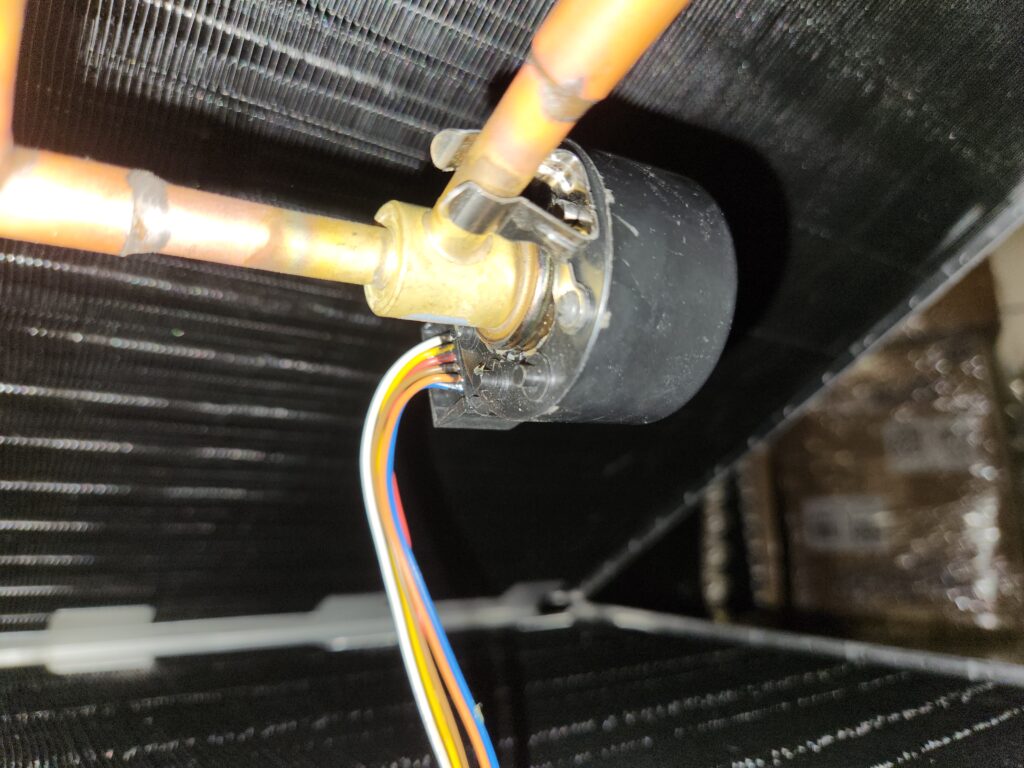
Why Are There 2 TXVs in a Heat Pump?
Heat pumps are versatile HVAC systems that can both heat and cool a home. This dual functionality means that during summer months, the heat pump works similarly to an air conditioner, extracting heat from the home and transferring it outside. In the winter, the process reverses. The heat pump extracts heat from the outside air (even when it’s cold) and releases it inside to warm the home. Because of this bidirectional operation, most heat pumps use two TXVs: one for the heating cycle and one for the cooling cycle. So with each TXV optimized for its respective function, the heat pump operates efficiently in both modes. This design enhances the overall performance of the system in both heating and cooling, giving homeowners the best of both worlds. Read more about Heat Pump operation here.
The TXV is a pivotal component in your HVAC system. Hopefully this article helps you as a homeowner to understand its role and to decode the tech-talk of your HVAC service technician. If you suspect issues with your TXV or you’re unsure of an incorrect TXV diagnosis, our friendly service team is always ready to help. Click here to book a service call.

